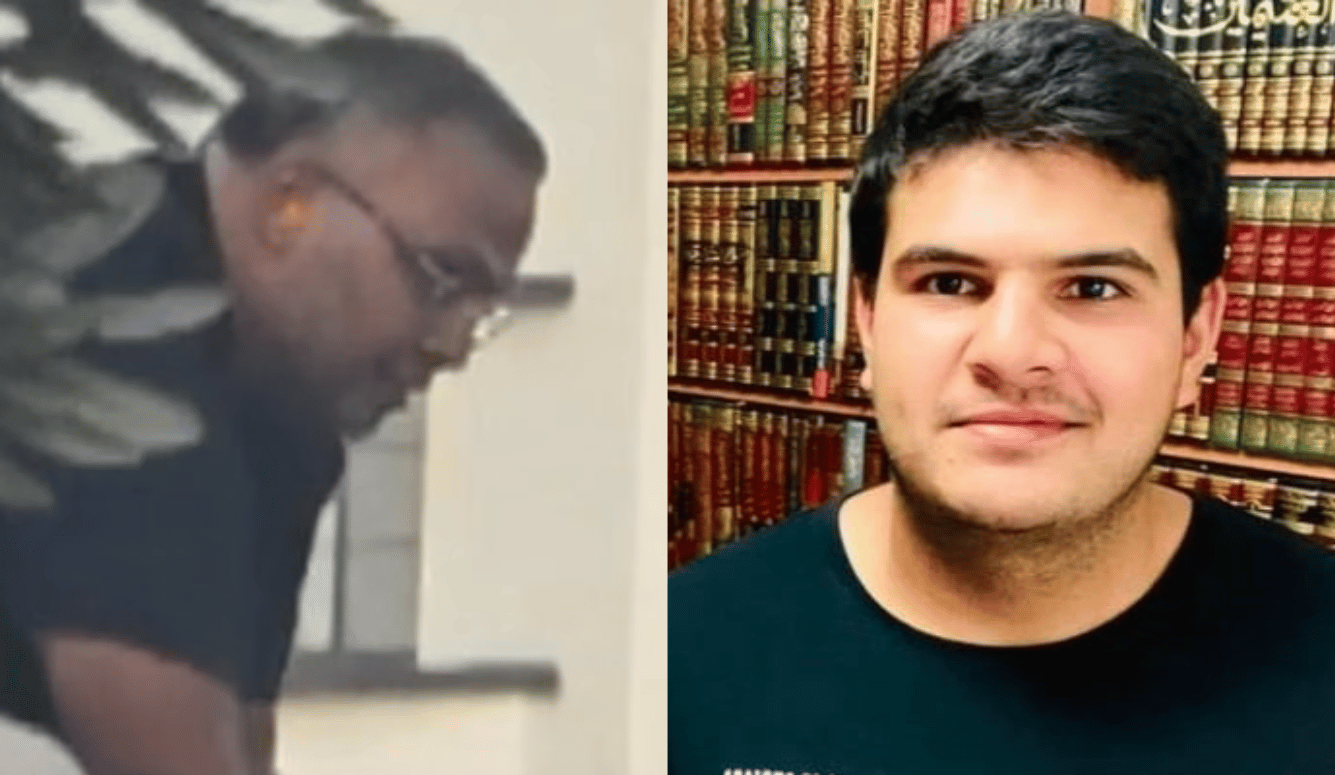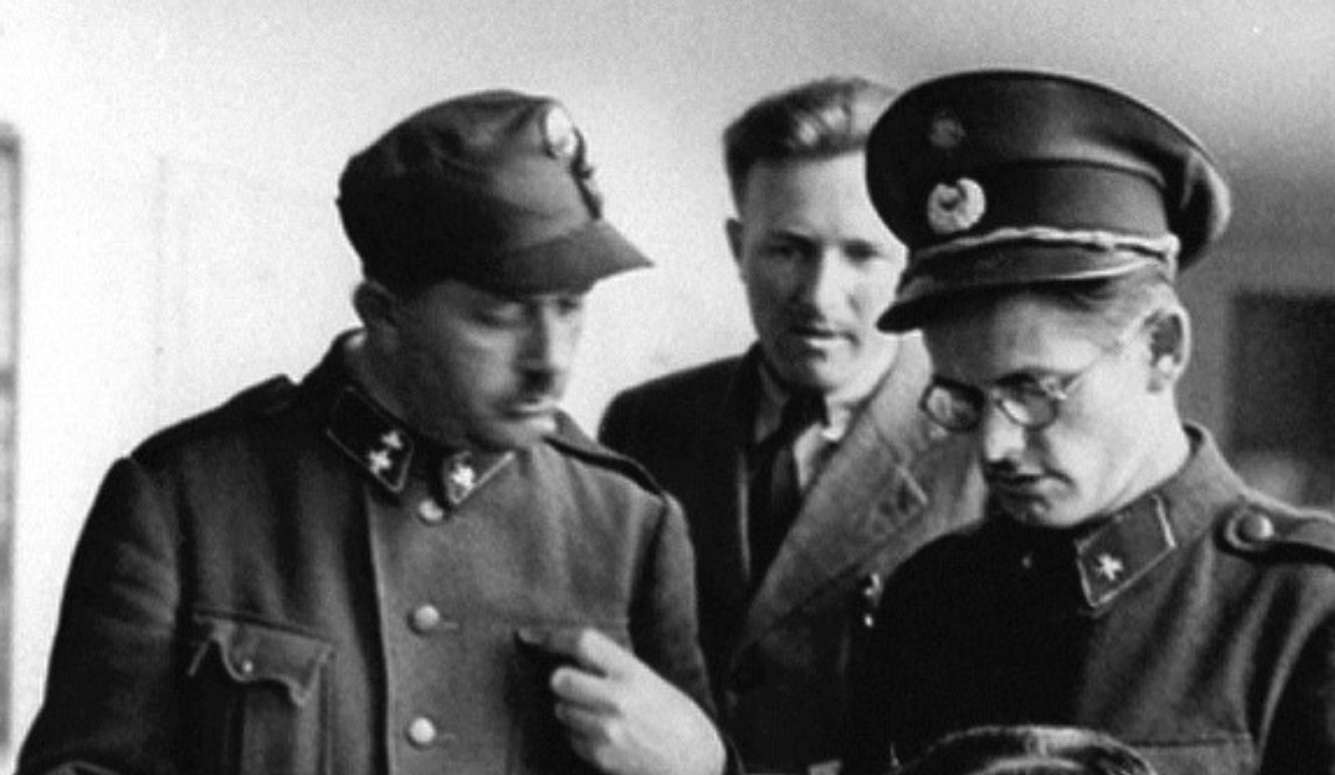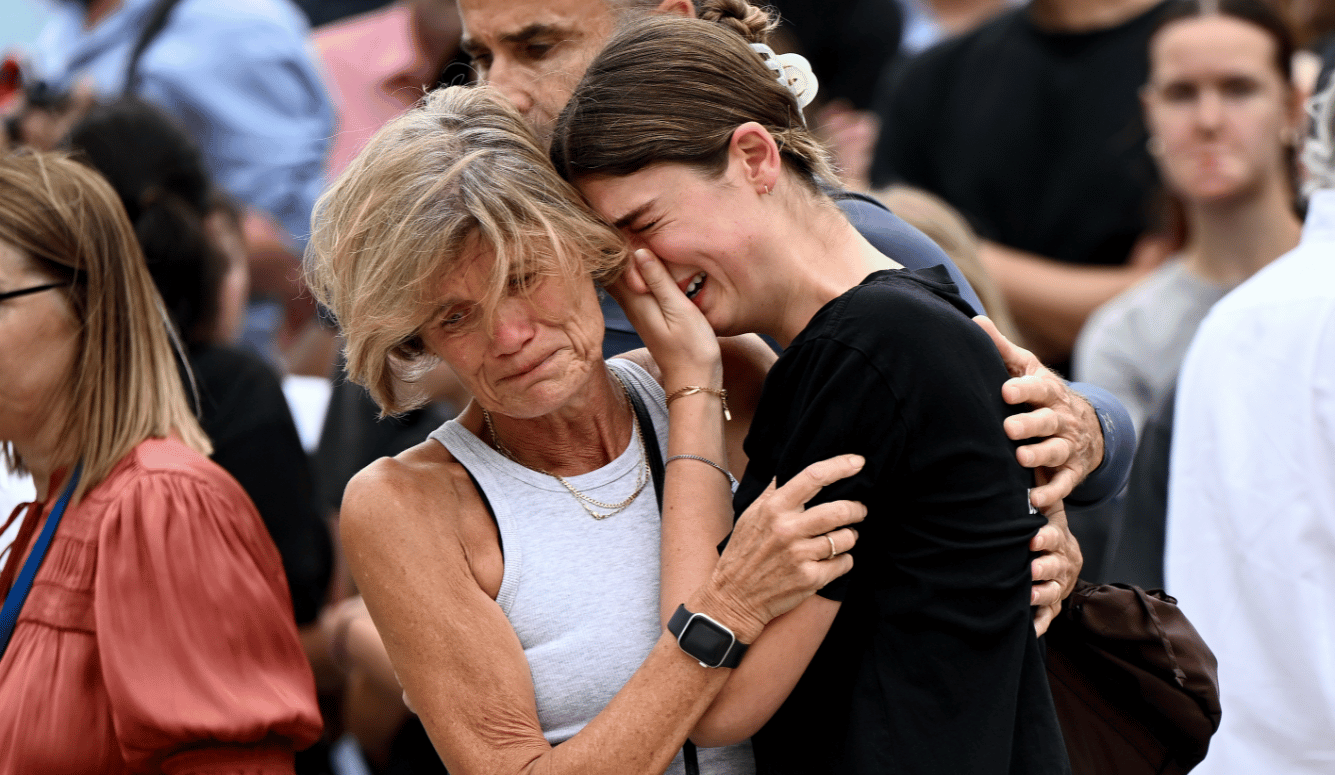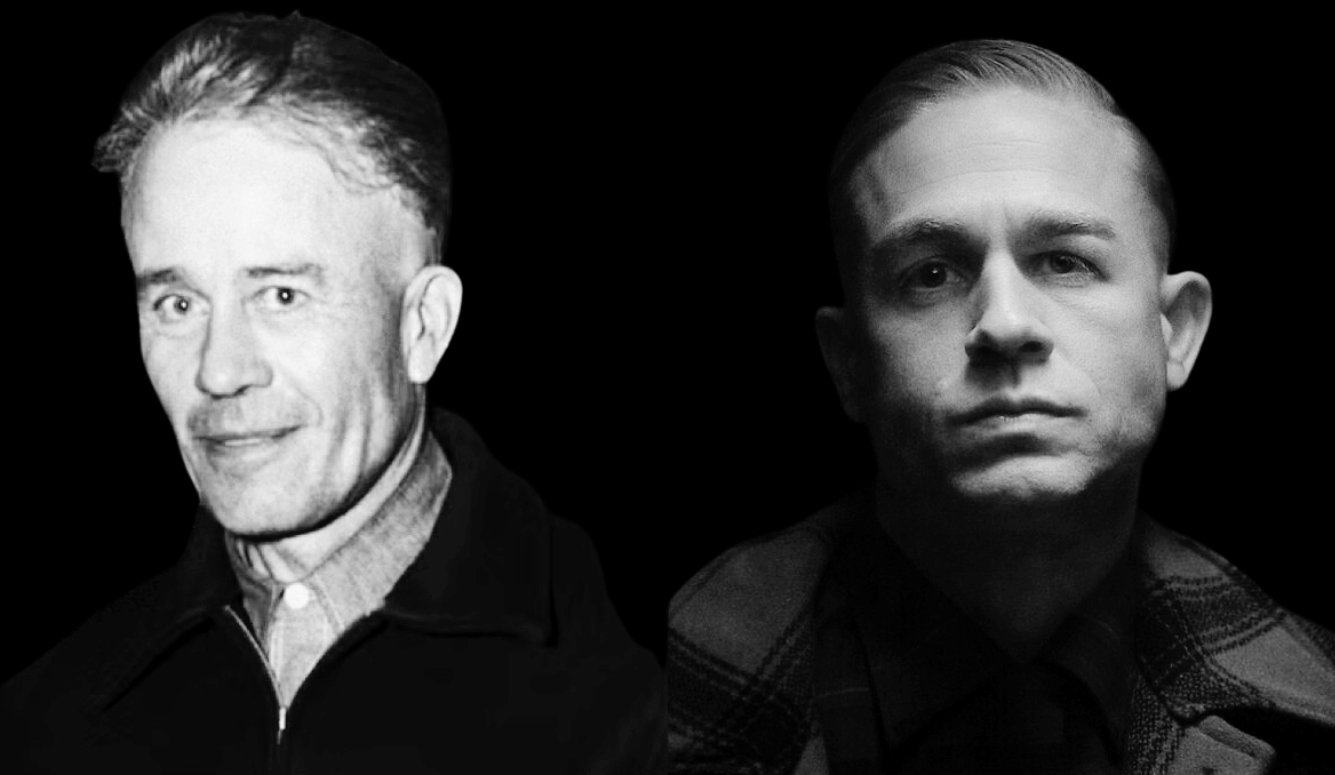Canada
Canada’s Newest Identity, Made in the USA
Last week’s federal election, decided amidst a spasm of anti-Trump fervour, reflects a long Canadian trend.
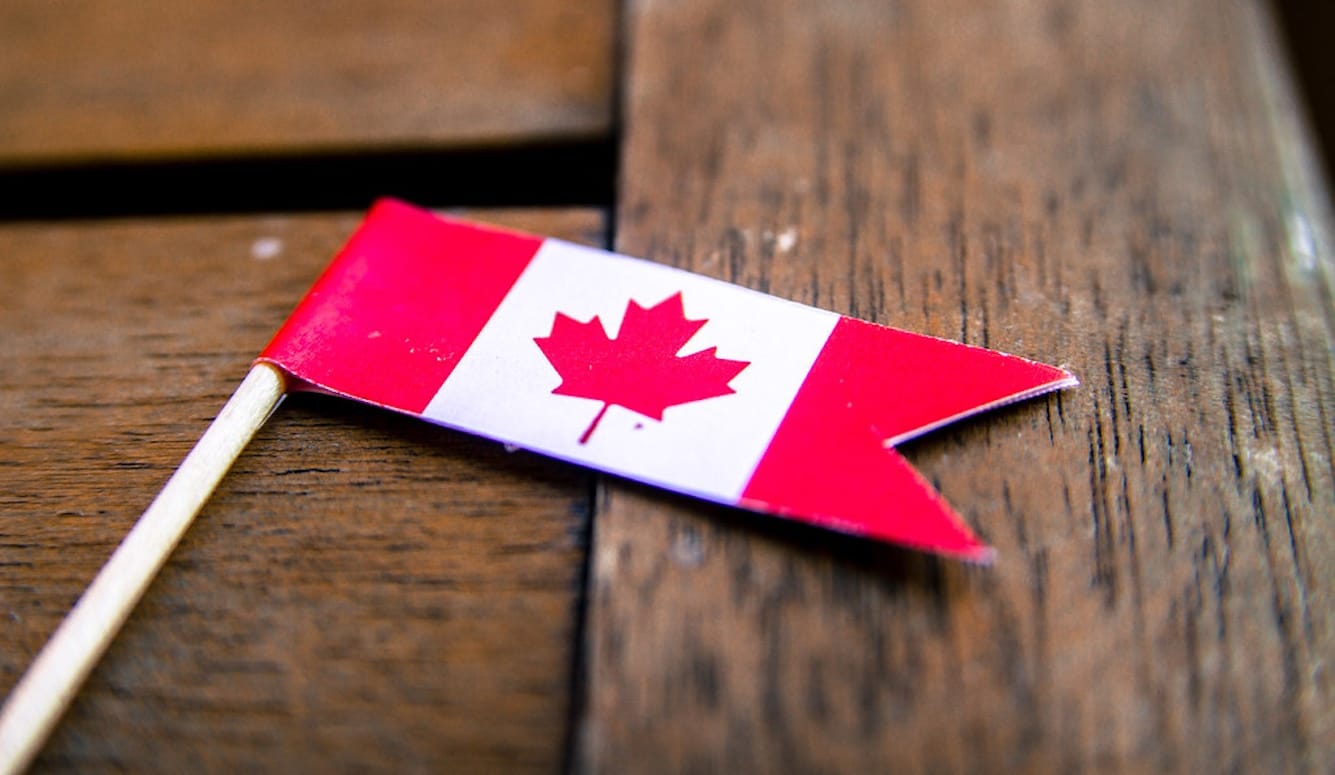
Australia and Canada share many similarities, both being large, resource-rich, politically progressive members of the Anglosphere. But they differ in at least one critical respect: In Canada, unlike Australia, our economic livelihood is critically dependent on a much larger neighbour. Over the span of generations, the anxieties arising from this state of dependence have coloured the Canadian national identity, and have become a prominent theme in our politics—perhaps never more so than in the recently contested federal election campaign. In fact, Prime Minister Mark Carney’s governing Liberals likely would have failed to retain power had it not been for the sudden upsurge in Canadian patriotic sentiment that followed on Donald Trump’s tariff announcements and threats of turning Canada into “the 51st state.”
For the sake of comparison, consider that about 28 percent of Australian exports go to China, Australia’s leading trade partner. And so there are millions of Australians whose living depends on decisions made in Beijing. But in Canada, a full 72 percent of our exports go to the United States. What’s more, much of this export trade consists of goods that can’t be sold profitably to any other country. Many Canadian-manufactured automobile parts, for instance, are purpose-built for American car-assembly plants (and vice-versa). And our lack of cross-country pipeline infrastructure restricts much of our oil output to American refineries. Throttling cross-border trade would inconvenience many American consumers and manufacturers. But in Canada, the result would be a true economic cataclysm.
During the late Cold War period, Canada’s intellectual class coped with their country’s demeaning geopolitical status by embracing anti-Americanism. Yes, the United States was richer. Yes, it protected us through NATO and NORAD. But Canada was the continent’s true moral superpower, having embraced the welfare state and a multilateral approach to foreign relations. Many Canadians were deeply suspicious of free-trade agreements such as NAFTA, in fact, which they suspected were Trojan horses through which American profiteers would sabotage Canada’s one-tier universal health care system, while destroying our cherished artistic institutions through a ruthless program of “cultural imperialism.”
